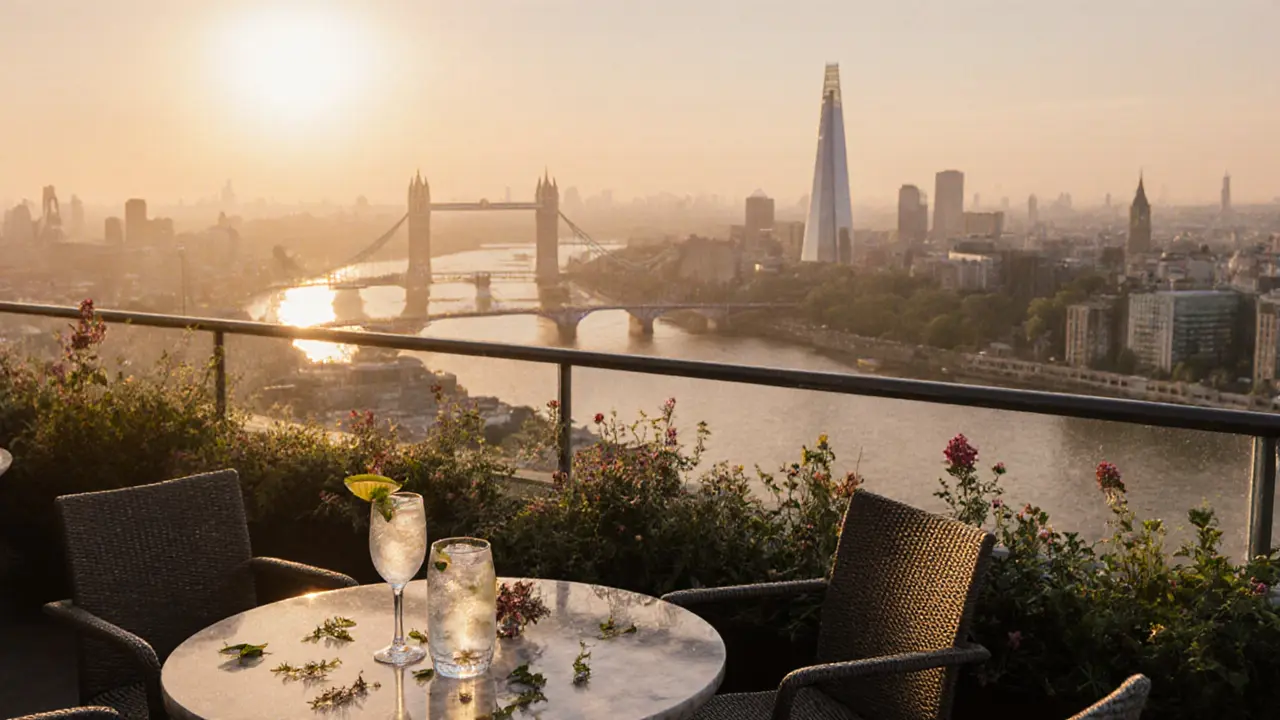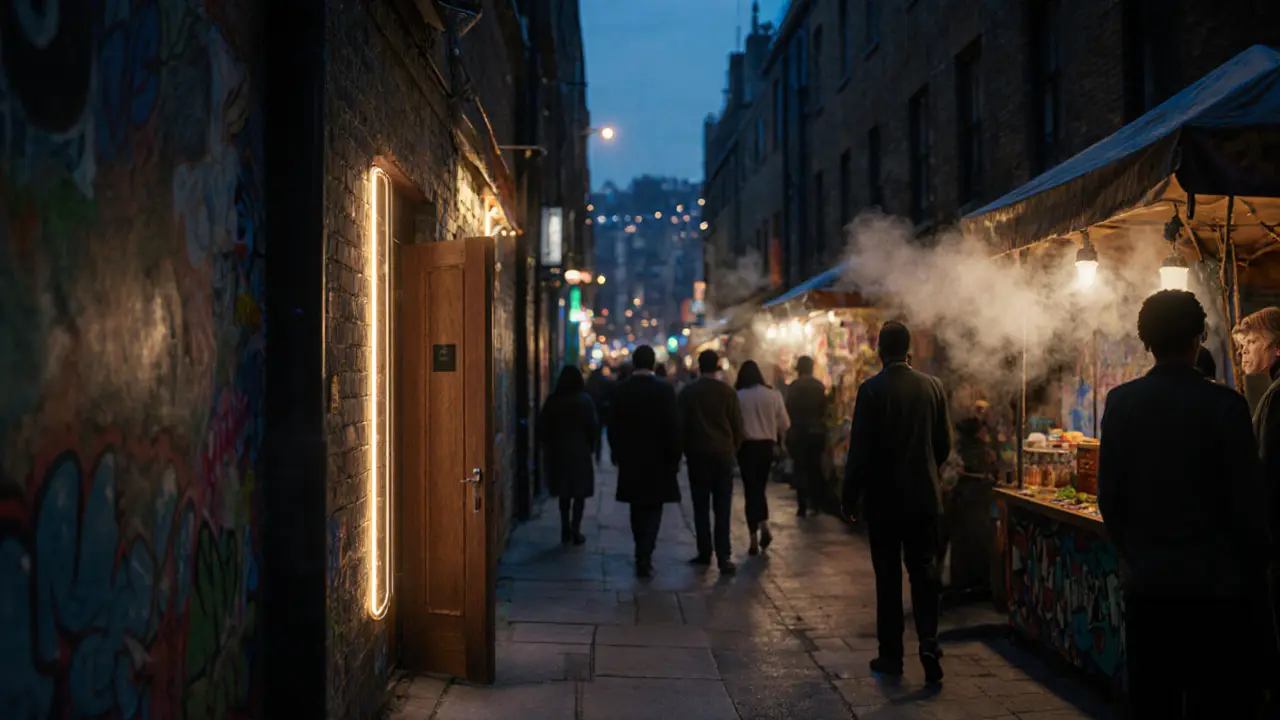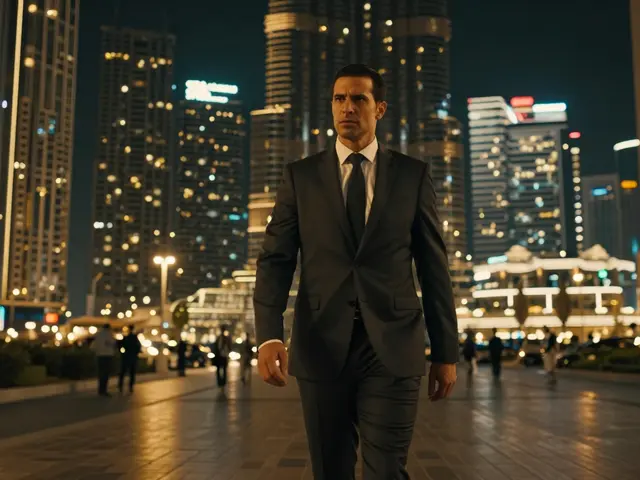London doesn’t sleep. Not really. By 10 p.m., the city’s real energy starts kicking in. The pubs fill with laughter, the clubs thump with bass, and the hidden speakeasies glow like secret lanterns. If you’re looking for more than just a drink, you’re looking for a moment - one that sticks with you long after the last bus has left. This isn’t about checking off venues. It’s about finding the places that feel like they were made for you.
Shoreditch: Where the Night Begins
Shoreditch is where London’s night out starts - and sometimes, where it ends. This isn’t just a district; it’s a feeling. Brick Lane’s street food stalls still smell of curry and fried dough at midnight, while the alleyways between Old Street and Hanbury Street hide clubs that don’t even have signs. The Box is one of those places. No neon, no queue outside. Just a discreet door and a bouncer who knows if you’re here for the music or just passing through. Inside, DJs spin underground house and techno until 4 a.m., and the crowd? A mix of artists, tech founders, and travelers who came here because someone whispered, “You have to see this.”
For something quieter, try The Ten Bells. It’s a 19th-century pub with stained glass, wooden booths, and a beer list that changes weekly. They don’t play music. They don’t need to. The clink of glasses and low chatter are enough. It’s the kind of place where you end up talking to a stranger who’s lived in London since 1998 and knows every hidden bar in the East End.
Soho: The Heartbeat of the City
Soho is loud, bright, and unapologetic. It’s where you go when you want to feel alive. Carnaby Street is packed, but skip the tourist traps. Head down Greek Street instead. Here, you’ll find The French House - a tiny, smoky pub with a back room that’s been a musician’s haunt since the 1960s. Bob Dylan, David Bowie, and countless others sat right where you’re sitting now, nursing pints and scribbling lyrics. The beer’s cheap, the staff don’t care if you stay all night, and the jukebox plays everything from Amy Winehouse to The Clash.
For dancing, head to Fabric. It’s not new, but it’s still the gold standard. Two floors, two sounds: bass-heavy techno downstairs, and melodic house upstairs. The sound system is engineered to shake your ribs. People come from Berlin, Tokyo, and New York just to dance here. The line forms before midnight, but if you get in, you’ll understand why. It’s not just a club - it’s a ritual.
Mayfair and Knightsbridge: The Refined Side of Night
Not every night needs a crowd. Some nights need quiet luxury. Mayfair’s The Araki is one of those. It’s a 10-seat sushi bar with a Michelin star and a three-month waiting list. But if you’re lucky enough to get in, you’ll get a 20-course meal served by the chef himself, with sake pairings that taste like liquid silk. It ends at 1 a.m., and you’ll walk out feeling like you’ve had a private concert.
For cocktails, head to The Connaught Bar. It’s been named the best bar in the world twice. The mixologists don’t just make drinks - they create experiences. Try the “Cucumber Martini” - it’s served with a frozen cucumber sphere that melts slowly, releasing flavor as you sip. The room is dim, the leather chairs are deep, and the music is jazz, barely audible. You don’t come here to be seen. You come here to disappear.

South Bank: Rooftops and River Views
London’s skyline is best seen from above. The Sky Garden is free to enter (book ahead), but the real magic happens after dark. The 35th-floor garden bar glows against the Thames, with the Tower Bridge and the Shard in the distance. Order a gin and tonic - they use locally foraged botanicals - and just watch. The city lights blink like stars. No music, no rush. Just you, the river, and the quiet hum of a city that never stops moving.
For something more intimate, try The Roof Gardens at the Hoxton Hotel. It’s not fancy, but it’s real. A wraparound terrace with string lights, mismatched armchairs, and a menu of craft beers and small plates. You’ll hear French, Spanish, and Hindi spoken around you. Everyone’s here for the same reason: to feel like they’re part of something bigger.
Camden: Where the Weird and Wonderful Thrive
Camden isn’t just about punk. It’s about freedom. The Barfly is a dive bar with sticky floors and live bands that play everything from garage rock to spoken word. The crowd? Students, drag queens, retired musicians, and tourists who got lost and never wanted to leave. They don’t take reservations. They don’t care if you’re dressed up. Just show up, grab a stool, and let the music take over.
For something truly unique, try The Lock Tavern. It’s a canal-side pub with a floating stage. Bands play on a barge, and you drink beer while boats glide past. In summer, they host open-mic nights where poets, comedians, and singers take turns. No one gets paid. Everyone gets heard.

What to Know Before You Go
London’s nightlife is vast, but it’s not chaotic. Here’s what actually matters:
- Transport: Night buses run until 5 a.m. The Night Tube operates Friday and Saturday nights on the Central, Victoria, Jubilee, Northern, and Piccadilly lines. Don’t rely on Uber - surge pricing hits hard after midnight.
- Dress code: Most clubs in Soho and Mayfair expect smart casual. No trainers, no hoodies. Shoreditch is relaxed. Camden? Wear what you want.
- Age: Most clubs require ID. Bring your passport or UK driver’s license. Foreign IDs are accepted, but make sure they’re not expired.
- Timing: Pubs open at 11 a.m. and close at 11 p.m. Clubs start filling after 11 p.m. and hit peak at 1 a.m. Don’t show up at midnight expecting to dance - you’ll be waiting in line.
- Money: Cash is still king in a few spots. Bring £20-£50 in small bills. Many places now take contactless, but some hidden bars only accept cash.
Where to Go When You’re Not Sure
Stuck? Here’s a simple rule: If you want to dance, go to Fabric. If you want to talk, go to The Ten Bells. If you want to feel fancy, go to The Connaught Bar. If you want to feel wild, go to The Barfly. If you want to feel quiet, go to Sky Garden.
London doesn’t have one nightlife. It has dozens - each one a different version of the same thing: connection. Whether you’re dancing with strangers, sharing a pint with a local, or watching the sunrise over the Thames, you’re not just out at night. You’re part of the city’s rhythm.
What’s the best time to start a night out in London?
Start around 9 p.m. if you want to enjoy dinner and drinks at a pub before heading to a club. Most clubs don’t get busy until after 11 p.m., and the real energy kicks in after midnight. If you’re going to a speakeasy or cocktail bar, arrive between 8:30 and 9:30 p.m. to avoid the rush.
Are London clubs safe at night?
Yes, most major clubs and bars in central London are well-staffed and have security on-site. Stick to well-known venues, avoid poorly lit alleys, and keep your belongings close. The police and bar staff work together to keep things calm. If something feels off, trust your gut and leave.
Can I get into London clubs without a reservation?
It depends. Popular clubs like Fabric, The Box, and The Connaught Bar often have lines, especially on weekends. You can usually get in without a reservation, but expect to wait. Smaller bars and pubs rarely require bookings. If you’re going to a high-end spot, booking ahead saves time - and sometimes money.
What’s the average cost of a night out in London?
A night out can cost anywhere from £20 to £150. A pint in a pub? £6-£8. A cocktail at a top bar? £14-£18. Club entry? Often free before midnight, £5-£10 after. Dinner and drinks at a Michelin-starred place? £150+. Budget accordingly - and don’t forget transport.
Is London nightlife different in summer vs. winter?
Summer brings outdoor venues - rooftop bars, canal-side pubs, and open-air cinemas. Winter pushes people indoors, so clubs and pubs get more crowded. But the energy doesn’t change. London’s nightlife is alive year-round. Just dress for the weather - and bring a coat. It gets cold after midnight, even in July.
London’s night isn’t just about where you go - it’s about who you become there. You might leave as a tourist. You might come back as someone who knows the city’s pulse. That’s the point.







Write a comment